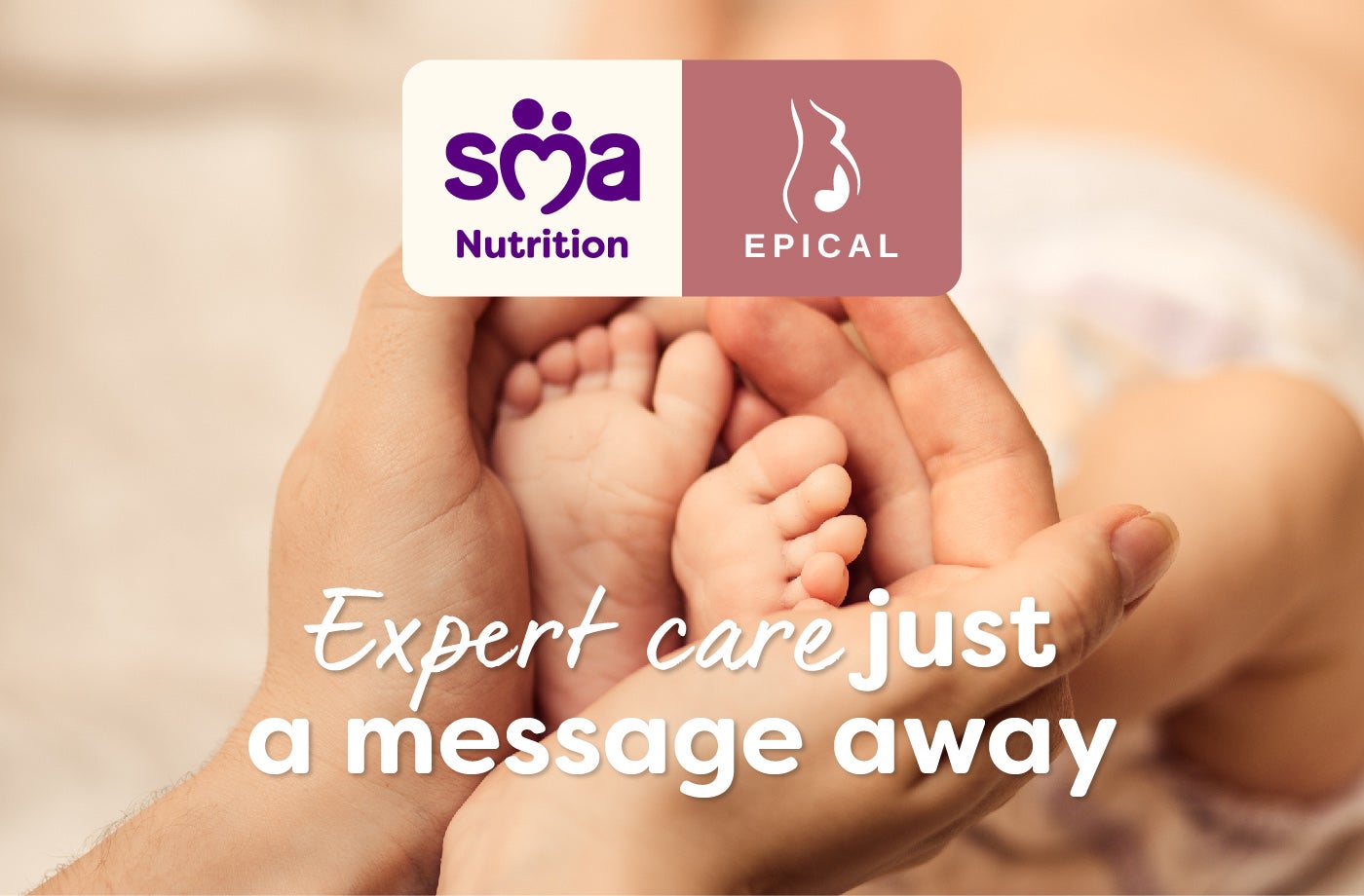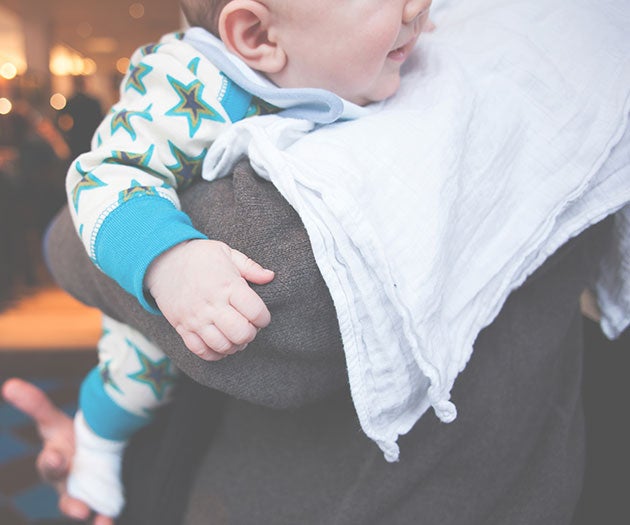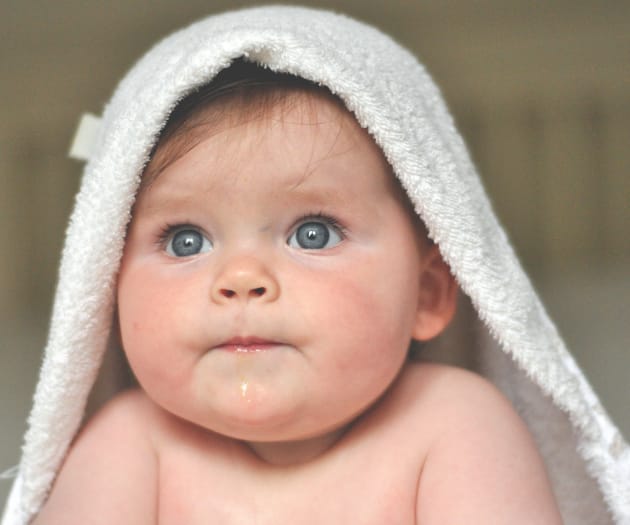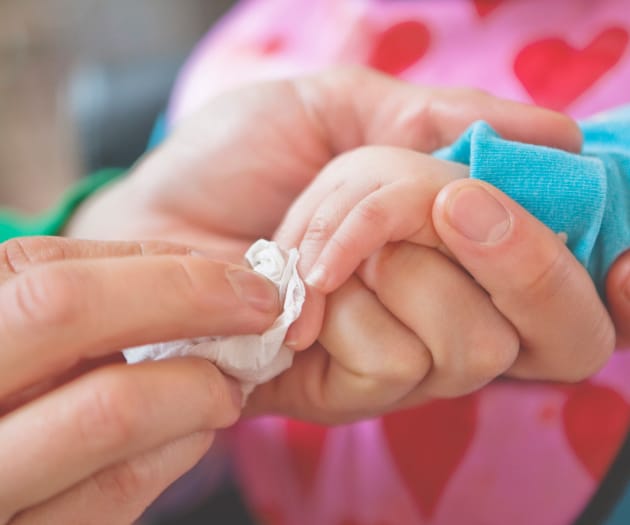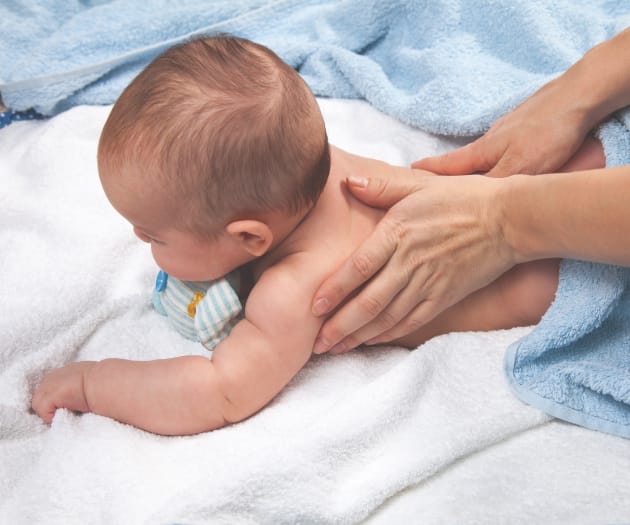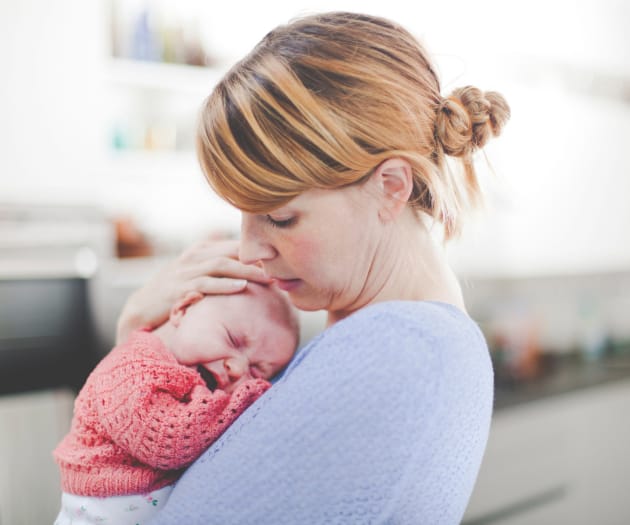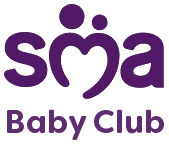Introduction to Baby Poo
In those early days, you’ll find that newborn poo is likely to be an important topic of conversation. As a new parent, it’s not uncommon to find yourself spending hours analysing your baby’s nappies and even showing photos of your newborn’s baby poo to your partner or healthcare professional! It might leave you wondering what is normal when it comes to newborn baby poo? You’re not alone, and we’re here to help you to understand what’s happening in your baby’s nappies. In this article, we look at what healthy baby poo should look like, how often your baby should poo and the signs of diarrhoea and constipation.
What should baby poo look like?
Your baby’s first poo will contain a sticky, tar-like substance which is dark green or black in colour called meconium. This is completely normal, and it contains things like fluid, particles, and cells your baby swallowed while inside your uterus1.
After the meconium has passed, your baby’s poo will turn a mustard yellow colour, and become softer1,2. Just like adults, there are no rules as to what your baby’s poo will look like and its normal for it to vary from day to day. Here’s a brief guide on what to expect from your little one’s nappies:
-
Breastfed baby poo tends to be soft and runny with a colour and consistency similar to wholegrain mustard2.
-
Formula-fed baby poo will usually be firmer and a bit smellier than breastfed baby poo. It’s usually darker in colour too (pale brown or yellow/greenish)2.
What’s a normal baby poo colour?
The colour of baby poo will change depending on their age, frequency of feeding and what they’re eating. Once the meconium has passed, your baby’s nappy will start to turn yellowish. If they’re formula fed, it will be a bit darker. If you change from breast to formula feeding, you’ll find your baby’s poo will become more paste-like, but they should generally be yellow in colour.
As a parent seeing green baby poo for the first time can be concerning, but it’s usually harmless1. The occasional green poo in breastfed babies is also quite common, although it can be a sign that your baby is not latching effectively or for long enough. If you’re concerned or unsure, contact your health visitor, midwife or public health nurse who will be able to support you with feeding techniques if needed2.
You might occasionally notice a jelly-like substance called mucus in your baby’s poo. This is usually nothing to worry about. However, if you frequently notice mucus in your baby’s poo alongside other symptoms including vomiting or discomfort, speak to your GP as it can be a sign of cow’s milk protein allergy2,3. Read our article on cow's milk protein allergy for further information if you have any concerns.
Your baby’s poos will probably vary in texture and colour from day-to-day or week-to-week. If you notice a marked change in the colour of your baby’s poo, such as red, black, grey, or white poos (once the meconium has passed), it could be a sign that your baby has another health condition. If you think your baby’s poo isn’t right, speak to your GP.
If you think your baby’s poo isn’t quite right why not try our feeding issues symptom checker.
How often should my baby poo?
How often your baby needs a nappy change can vary, depending on lots of factors. There are lots of stages of baby poo, but you can probably expect two to four poos a day in the first few weeks1,2. This soon settles to one or two poos a day by the time they are one year old1. All babies are different though, so don’t be alarmed if their bowel movements differ.
If you’re breastfeeding:
Breastfed babies can go one of two ways - they can poo several times a day (often during or after every feed). However, once they reach six weeks old, they can go from a few days to a week without pooing, which is completely normal1,4.
If you’re formula feeding:
Formula-fed babies can poo anywhere between one and five times a day, but after a few months this usually decreases steadily to once a day5.
How to recognise diarrhoea?
It’s not unusual for your baby to have occasional diarrhoea. This is because your baby’s digestive system is developing and adapting after they’re born. The consistency of their poo can vary considerably depending on lots of things such as their age and their diet.
Baby poo tends to be runny looking, especially if your baby is breastfed, so it can be difficult to spot the signs of baby diarrhoea. As you get to know your baby, you’ll soon find out what’s normal for them. Here are some symptoms of baby diarrhoea to look out for1,6:
-
Your baby’s poo is more watery than usual (often leaking through the nappy)
-
Your baby is pooing more frequently than usual
-
Your baby’s poo is more foul smelling than normal
For more help, read our baby diarrhoea article. The good news is that baby diarrhoea usually resolves itself within a week6. If you’re worried that your baby has diarrhoea, speak to your healthcare professional for further support6.
Is my baby constipated?
With all the changes in your little one’s poo habits, it can be difficult to spot the signs of constipation in babies. As your baby gets older, they will poo less frequently (as little as once a week in breast-fed babies)4.
However, if your baby is pooing less than 3 times a week and has poos which are either large and difficult to pass, or are small, hard, and pellet-like, they may be constipated7. Other common signs and symptoms of baby constipation include:
-
Signs of discomfort, irritability and excessive straining when passing a poo. Lots of babies show signs of straining when passing a poo (cue the pooing face) – if a soft poo is passed, there’s nothing to worry about8.
-
A tummy which is firm or hard to press7.
-
Smellier wind or poos than usual4.
-
Lack of interest in feeding or a reduced appetite (as they’ll have less room in their tummy for food)9
For more information, read our article on constipation in babies.
Next steps
It can feel like a never-ending conveyor belt of dirty nappies in those early days. As time goes by, you’ll soon get a feel for what is normal for your baby. If you have any concerns, discuss them with your health visitor, midwife, or public health nurse. They may recommend a change of feed for baby or if you’re breastfeeding, some simple changes may be recommended in your diet. In the meantime, try to put your feet up and enjoy a hot drink between those nappy changes!
If you have any questions poo related or otherwise you can always contact our friendly careline.
Midwife Live Chat
We have partnered with Epical Global giving our SMA® Baby Club members instant access to a team of expert midwives, ready to answer all your questions. The midwife team are on hand via live chat Monday to Friday, 10am – 6pm.
Feeding issues symptom checker
Experiencing feeding issues with your newborn?
Get help narrowing down the cause with our symptom checker.




